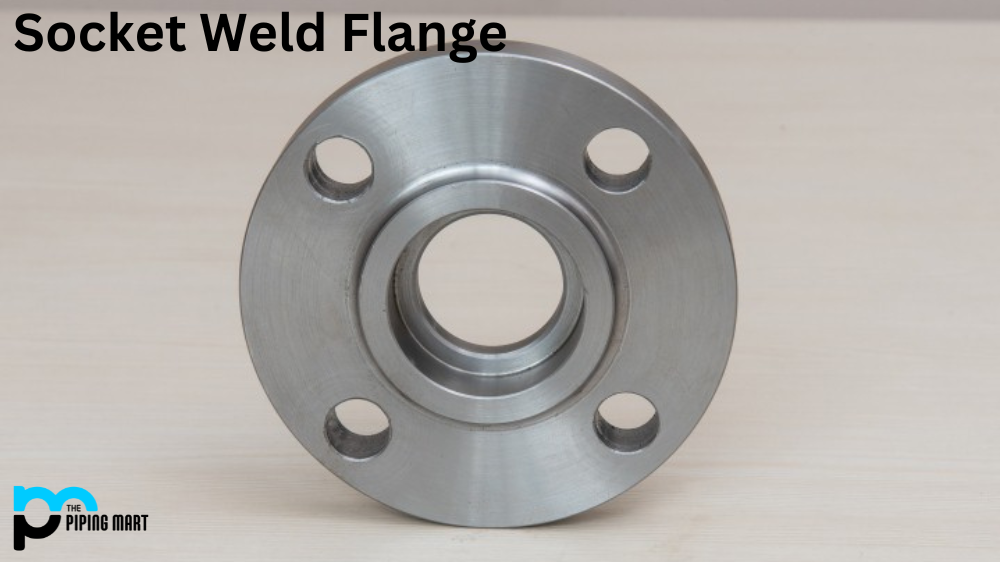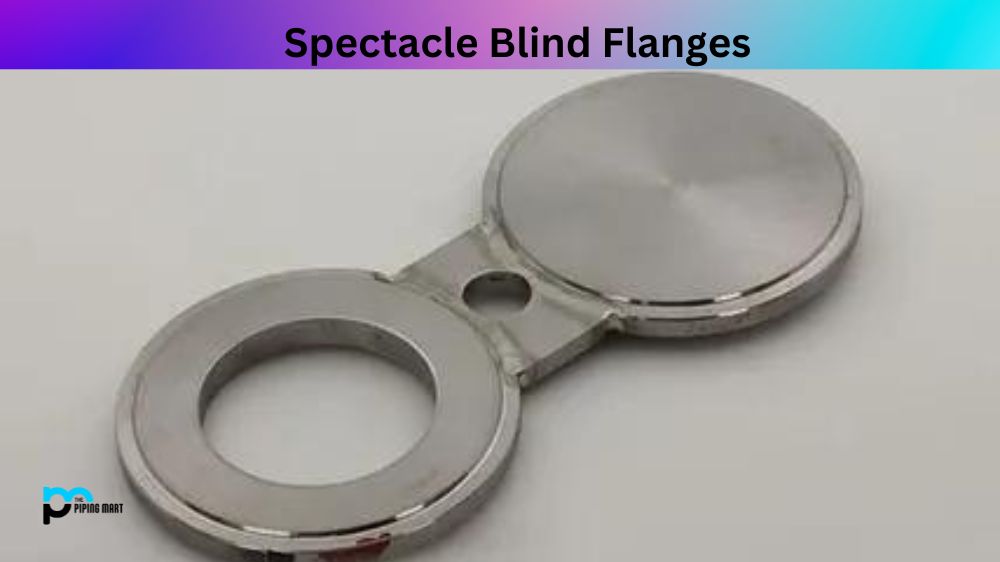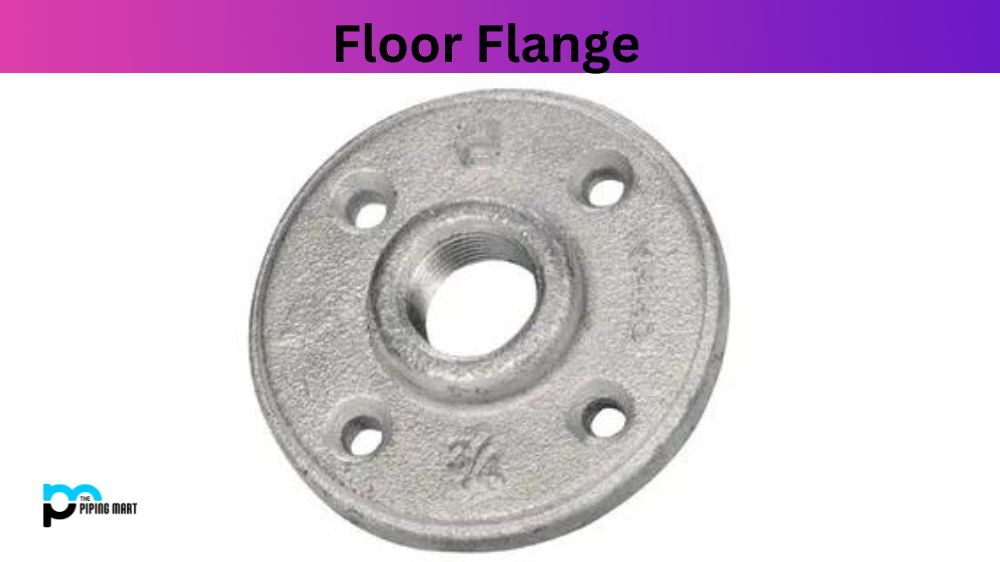A socket weld flange is an essential component in many industrial applications. It connects pipes and other external parts to form one cohesive unit. Socket weld flanges are known for their strength and durability, and they offer a number of different benefits that make them especially useful in certain scenarios. Let’s look closely at socket weld flanges and explore the available types.
What is a Socket Weld Flange?
A socket weld flange serves as a specific pipe fitting used for linking pipes together securely. It forms a sturdy connection between two pipes, usually made from stainless steel or carbon steel. Opting for a socket weld flange offers advantages over traditional threaded connections, like a better seal against leaks and a firm connection without needing to tighten excessively. These flanges are widely utilized in industrial piping systems across various sectors, thanks to their durable construction and resilience in challenging operating conditions.
Socket Weld Flanges Uses
Socket weld flanges are most often used when there is a need to securely fasten two pieces of pipe together or when an object needs to be connected to another item with tight tolerances. They can also be used as joint connectors, allowing two pieces of equipment to bolster together easily. In general, socket weld flanges are used in applications where space constraints are an issue, and the connection needs to be strong enough to withstand high temperatures.
Socket Weld Flanges Types
Socket weld flanges are available in two primary types: standard (SW) and reducing (SRW). Standard socket weld flanges feature a bore size that matches the outer diameter of the pipe, facilitating a direct and uncomplicated connection. On the other hand, reducing socket weld flanges have a smaller bore size compared to the pipe’s outer diameter. This type is preferred when connecting pipes of different sizes or transitioning between larger and smaller pipe sizes within a system. Both types offer flexibility and reliability in piping system design and installation, addressing various requirements and ensuring efficient fluid flow.
Socket Weld Flanges Dimension
| Size in Inch | Size in mm | Outer Dia. | Flange Thick. | Hub OD | Flange Length | RF Dia. | RF Height | Socket Depth | PCD | Socket Bore | No of Bolts | Bolt Size UNC | Machine Bolt Length | RF Stud Length | Hole Size | ISO Stud Size | Weight in kg |
|---|---|---|---|---|---|---|---|---|---|---|---|---|---|---|---|---|---|
| A | B | C | D | E | F | G | H | J | |||||||||
| 1/2 | 15 | 90 | 9.6 | 30 | 14 | 34.9 | 2 | 10 | 60.3 | 22.2 | 4 | 1/2 | 50 | 55 | 5/8 | M14 | 0.8 |
| 3/4 | 20 | 100 | 11.2 | 38 | 14 | 42.9 | 2 | 11 | 69.9 | 27.7 | 4 | 1/2 | 50 | 65 | 5/8 | M14 | 0.9 |
| 1 | 25 | 110 | 12.7 | 49 | 16 | 50.8 | 2 | 13 | 79.4 | 34.5 | 4 | 1/2 | 55 | 65 | 5/8 | M14 | 0.9 |
| 1 1/4 | 32 | 115 | 14.3 | 59 | 19 | 63.5 | 2 | 14 | 88.9 | 43.2 | 4 | 1/2 | 55 | 70 | 5/8 | M14 | 1.4 |
| 1 1/2 | 40 | 125 | 15.9 | 65 | 21 | 73 | 2 | 16 | 98.4 | 49.5 | 4 | 1/2 | 65 | 70 | 5/8 | M14 | 1.4 |
| 2 | 50 | 150 | 17.5 | 78 | 24 | 92.1 | 2 | 17 | 120.7 | 61.9 | 4 | 5/8 | 70 | 85 | 3/4 | M16 | 2.3 |
| 2 1/2 | 65 | 180 | 20.7 | 90 | 27 | 105 | 2 | 19 | 139.7 | 74.6 | 4 | 5/8 | 75 | 90 | 3/4 | M16 | 3.2 |
| 3 | 80 | 190 | 22.3 | 108 | 29 | 127 | 2 | 21 | 152.4 | 90.7 | 4 | 5/8 | 75 | 90 | 3/4 | M16 | 3.7 |
Conclusion
Socket weld flanges are incredibly useful components in many industrial applications where secure connections are needed between two equipment or piping systems. With their strong construction and ability to withstand high temperatures, they can provide reliable connections over long periods—making them ideal for many scenarios where space constraints may be an issue and situations where minimal leakage protection is desired. Understanding what socket weld flanges exist and how they work will help you decide which type works best for your specific application needs.

Pipingmart is a B2B portal that specializes in metal, industrial and piping items. Additionally, we share the latest information and information about materials, products and various types of grades to assist businesses that are involved in this business.





